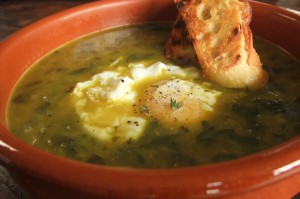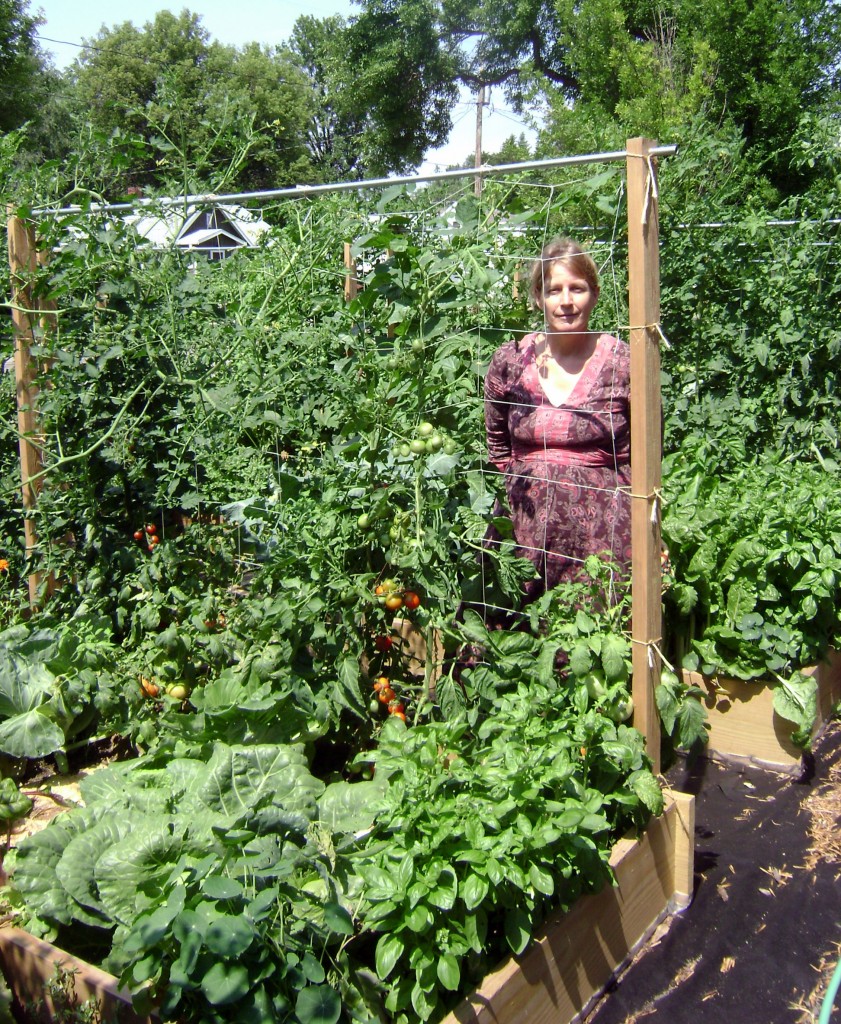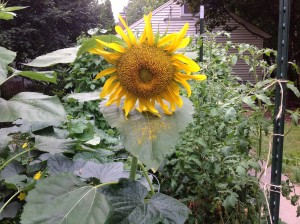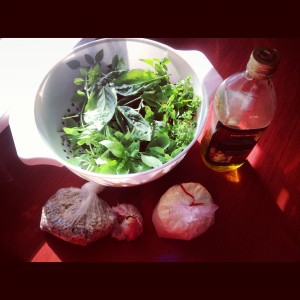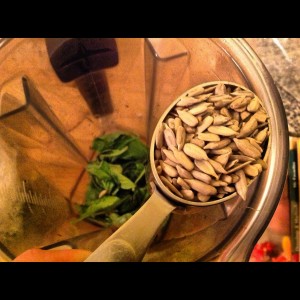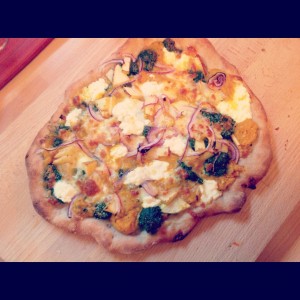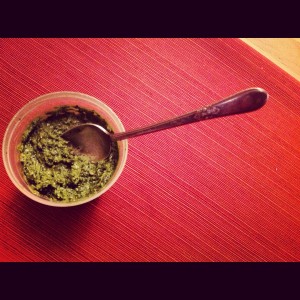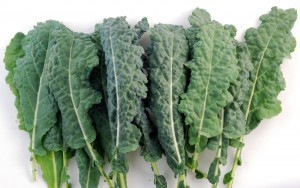
It was my mom’s birthday this week and as I have been reflecting on how much I appreciate her, and how much she has influenced me over the years, my memories linger on a very specific formative moment when I was in 4th grade and we made stone soup together.
Perhaps you know of that old story about a wanderer who comes to a poor village looking for food and comfort. He knocks on the villagers’ doors one by one, only to be turned away on each and every occasion. The excuses have to do with scarcity: “We only have a few carrots”; or, “we only have a bag of onions and nothing more”. He lights a fire in the village square and fills a pot with stones and water, saying something along the lines of, “It’s ok, I’ll just make stone soup. But a sprinkle of salt would really enhance the flavor.” Somebody shows up with some salt to spare. Then, “… a bit of onion would also be lovely”. The family with the onions ventures forth and adds to the pot. A few folks with turnips follow. Soon there are carrots. Little by little, he encourages each family to contribute the one ingredient they have to a gorgeous pot of communal soup (my mom uses the adjective “gorgeous” frequently when referring to food). A little cabbage, and so on …
At age 8 I asked my mom if we could make soup exactly the way it happened in the book in the order of the ingredients listed … in the order…of the ingredients…listed. Upon adult reflection, I do believe she did manage to convince me that we could skip the stones. Who knows what really happened – she may have intervened with other adjustments here and there – but my stubborn memory (of course) is that we followed the progression of ingredients exactly as they were in the book. I remember good beef stock and then a little milk near the end. I remember potatoes and carrots. I remember a sense of deep satisfaction when I ate the soup I had made. I remember LOVING that soup. And I know with great certainty that this is when my passion for food and cooking was ignited. At a very young age my mom facilitated an intense appreciation in me for the simplest of ingredients and how they can warm you in a little apartment on a snowy day in Minneapolis.
Here is my recipe for Stone Soup
2 qt. beef broth simmering on stove (the original story uses water)
1 lg. smooth stone, scrubbed and boiled to sterilize
Salt and pepper
4 carrots, peeled and cut in chunks
2 turnips, peeled and cut in chunks
3 c. cut-up cabbage or kale
1 lb. stew meat, cut into small pieces
4 potatoes, washed and cut in half in two large chunks
1 c. rinsed barley
1 c. milk
Cook all the ingredients together in large soup pot for about 1 hour, until meat is tender. At the very end add the milk but don’t bring to a boil lest it curdle. Yields 5 generous servings.
At its most basic, cooking is about being thankful for what we’ve got and using the ingredients that we have on hand to work with. For me, the real fun of cooking is about searching to make dishes taste wonderful when you are limited by the season and what is available to you. This is the creative magic that scarcity can bring, whether with cooking, art, or revolution, and one must dig deep to find just the right balance with ingredients, elements, circumstances and yes, (even) the political atmosphere, to make something truly delicious. The satisfaction and delight that can come from this kind of cooking is one of a kind.
There are dishes all over the world that have been born of scarcity. I spent the formative years of my late 20s far from my mom, in Italy, studying the regional cuisine. Creativity in the face of limitation is the story of many of the local and often – specific to one village – dishes that are absolutely cherished in that country. The same is true for the rest of Europe, Latin America, China, etc…..basically, everywhere but mainstream America where whatever is fast, cheap, and uniform is often that which is most valued.
Perhaps the knowledge that the most beloved dishes in Italy were born of poverty, dispels the typical romanticism that many associate with this beautiful country. I mean, these are a people that eat fish with the heads on and serve sheep head to tourists in humble hosterie outside of Rome. But for me, this mentality is exactly what brings on the romanticism and excitement. It’s about coming home to potato gnocchi (flour, potato, egg, salt) served with browned butter, sage, and a sprinkle of grated parmesan and black pepper. It’s about the contorno (side dish); a little sautéed chard with garlic and salt and a squeeze of lemon, simply served with a piece of a local wild boar salumi. It’s about the glory of acquacotta (literally, “cooked water”) in the northern reaches of Lazio, in which a crust of day old bread is toasted, rubbed with garlic, drizzled with olive oil, set in a bowl, and a vegetable soup is poured on top full of delicious greens and savory vegetables. Right before serving there’s the crack of an egg with flaming orange yoke, meant to gently poach in the liquid, another drizzle of olive oil, a final crackle of black pepper and a spoonful of pecorino: Ecco! Dinner. Now this is cooking!
This is why nothing excites me more than the prospect of a crawfish boil in Louisiana, or a pig roast in Hawaii served with poi, a Polynesian purplish fermented taro root mash with pudding-like consistency. Here at home it’s all about native Minnesota Wild Rice, the delicious soups and hot-dishes we make out of it, and the many immigrant traditions (pickles and smoked fish anyone?!) that have enriched this part of the country.
But back to Italy, because I really can’t say enough about this country and how it’s culinary traditions have inspired me. When enjoying the beautiful Appian Way just outside of Rome, I would often witness an older generation of Romans walking the fields in search of wild edible greens. I’ve asked myself what motivates these people to do this, in a day and age of supermarkets and bagged and washed greens. I believe the answer is something like this…first, it’s gorgeous out there in those fields; second, back before the supermarket and refrigeration, wild bitter greens were one of the few sources of essential minerals and vitamins available to bodies that craved them. These folks intuitively knew how good these greens were for them and sought them out when there were no supplements or spinach to be found on the shelves of the supermarket in December. They gathered what they could and included a little bit of greens in their everyday meals, because it was exactly the nutrition their body needed. These elderly Romans still do this. For whatever reason, so does my mom. And so do I.
This way of thinking doesn’t understand Cheetos, Pop-Tarts, instant rice, or Velveeta cheese. It definitely doesn’t get high fructose corn syrup and McDonalds, or hormone/ antibiotic-pumped beef. It’s about real food, real ingredients, real artistry, and a real approach to living on this planet while we’re here. My mom instilled this in me and I can’t thank her enough.
My mom, Debbie Clapp, in her garden in Moorhead, MN (Summer 2011)


